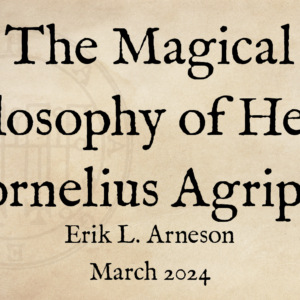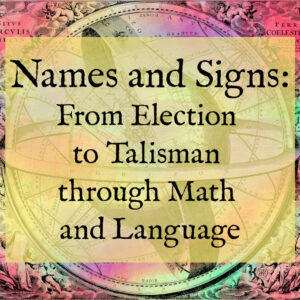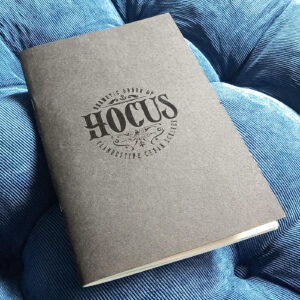Once, I won a game of Trivial Pursuit simply by having the U.S. Presidents memorized, in order, from Washington to Carter (I’ve since added on the more recent presidents to my memorized list), as well as similar lists for Kings of England and leaders of the Soviet Union. The question, as I recall it, was, “Who was the leader of the Soviet Union during the so-called ‘kitchen debates’?”
I couldn’t remember when the kitchen debates occurred. I couldn’t remember who was the leader of the Soviet Union, either. So I had to punt. I said, “Well, let’s see. The kitchen debates occurred between Nixon and the Soviet leader… but I don’t think that Nixon was president, and he was elected in 1968. So the debate had to have occurred when he was vice-president to Eisenhower, and Eisenhower was president from 1953 to 1961… and in the Soviet Union, Gorbachev was preceded by Andropov, and there was another guy in there but he only lasted a year, and Andropov replaced Brezhnev, and Brezhnev replaced Khrushchev, and he succeeded Stalin’s successor who only lasted a year, as well. So it was Khrushchev, and it was probably 1958 or 1959.”
I was right. We looked it up later: the kitchen debate occurred on July 24, 1959 between Richard M. Nixon (as vice-president to Dwight D. Eisenhower) and Nikita Khrushchev in Sokolniki Park in Moscow.
My opponents simply stared at me. In Trivial Pursuit, the expectation is that you either know the answer or you don’t. You don’t put together two lists of leaders and wrangle your way to the solution by a process of elimination like that. “That was … magical,” said one opponent, as I finished my answer.
Modern education assumes that the answer is always as close as the phone in your pocket or the computer on your desk. To the medieval, Renaissance, or early Enlightenment-era mind, though, the answer might be as far away as a monastery several counties (or countries) over, and an inconveniently long walk away. To travel to your answer wasn’t so useful as being able to place yourself in space or time on your own.
For these reasons (and not just winning Trivial Pursuit), it is useful for an occultist or memory artist not simply to memorize the sigils and names and abilities of various daemons and angels, but also to cultivate knowledge of real-world events, and to be able to quickly place them in time.
One of the easiest ways to do this is to memorize U.S. Presidents. The most senior officer of the US government has changed every four or eight years (with only a few assassinations along the way) since 1789, which creates a useful time-keeping device for the last two hundred thirty-two years. The continuity of that cycle is incredibly useful for when you can’t track specific events by year — you can narrow an event down to a simple four- or eight-year window even when your phone has a dead battery (or when you’re in the middle of a cutthroat game of Trivial Pursuit with your partner’s family, and winning makes you look good).
Learning the Memory Technique
For the purposes of memorizing the presidents using palace of memory techniques, it’s useful to imagine a U-shaped hallway, with each president’s portrait and name plate and years arranged along the outside edge of the U. To date, there have been forty-six presidents, which means that there will be fifteen on each of the three legs of the trip. This also means that Abraham Lincoln as the sixteenth US President will be just after the first bend in the hallway, and Herbert Hoover, as the thirty-first president, will be just after the second bend in the hallway. Since Abraham Lincoln presides over the US Civil War, and Hoover’s administration witnessed the start of the Great Depression, these help anchor the keystones of US history, as well — the American Revolution is at the start of the hall; the Civil War is at the first curve; the Great Depression and World War II define the second curve; and the Iraq and Afghanistan Wars define the other end of the hall.
The second thing that you can do, to cultivate memory of image, is go to Wikipedia and download all of the portraits of the US Presidents into a slide-show program on your computer. Duplicate the slide show, and make one the practice slides, with all the names and dates listed. Make the other the test, with no names or dates, and use it to confirm your progress. Most of the US presidents have distinctive facial features, hairdos, and weird stances that will assist you in memorizing them — Martin Van Buren particularly comes to mind when I think “weird hair.”
The occultist should notice that the more thoroughly they have this list memorized, the more easily events since 1789 get ‘slotted in’ to a chronology. You’ll find yourself thinking things like, “Oh, the British witchcraft law was repealed in 1959… Eisenhower was president. Oh, Aleister Crowley was born in 1875… Ulysses S. Grant was the president… and Harry S. Truman was president when Crowley died.” You’ll find that, over time, these sorts of conversations in your head help you weave a clearer context and content around your investigations of magic, occultism, and spirituality — and give you a clearer picture of politics, economics, and scientific development. All of these will help you become a more effective adviser, thinker and investigator, whether or not your phone is a dead in your pocket.
Andrew B. Watt is an astrologer, artist, designer, artist, writer, speaking coach, and philosopher in western Massachusetts. You can find him at his website, Wanderings in the Labyrinth.
This guest article was made possible by the Arnemancy Patreon supporters. Want to help? Join us!






Leave a Reply